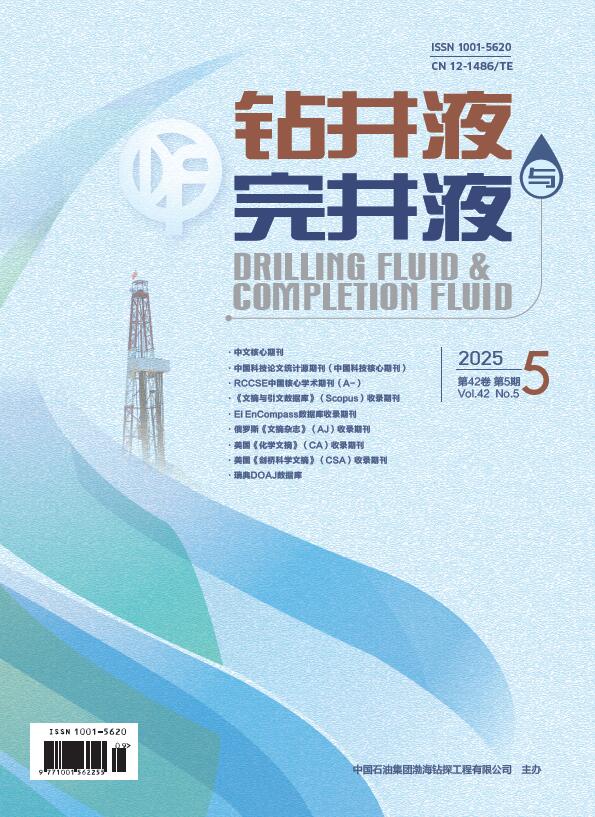Abstract:
Different pay zones in the BZ oilfield have big permeability differences among them and high heterogeneity, resulting in preferential flow of block removing fluids into zones with high permeabilities during pumping which in turn further increasing the permeability differences among different zones. This is quite unsatisfactory to the removal of the blockage existing in the reservoir formations. Furthermore, the conventional VES diverting fluids are only sensitive to divalent cations, and are thus behaving poorly in offshore sandstone reservoirs which lack divalent cations. To solve this problem, a viscoelastic surfactant LD-VES, a K+ sensitive diverting fluid, were selected to combine with a block removing fluid to form a diverting block removing fluid for offshore sandstone reservoir operation. In laboratory experiment, the diverting fluid was evaluated for its viscosifying capacity, gel breaking performance, high temperature tolerance, shearing property and compatibility with the block removing fluid. The viscosifying, gel breaking and flowback mechanisms of the diverting fluid were analyzed. Field application of the diverting block removing fluid has shown that the fluid has the best viscosifying effect at KCl mass fraction of 7%. At 120 ℃, the viscosity of the fluid was 1, 680 mPa∙s at shearing rate of 50 r/min. After being sheared for 2 hours at 170 s−1, the viscosity was still 1,750 mPa∙s, indicating that the fluid had excellent viscosifying capacity, high temperature tolerance and shearing property. The mixture of the diverting fluid and the block removing fluid produced no precipitation and residue, indicating that they had good compatibility with each other. After mixing kerosene with the diverting block removing fluid in 1 : 1 volume ratio, the gel of the diverting block removing fluid was soon broken. Field application of this diverting block removing fluid produced liquid of 27.92 m3/d, a production rate 3.49 times higher than that before the application (which was only 8 m3/d), and oil of 16.75 m3/d, 4.05 times of the production rate before the application.
LIU Changqing, ZHANG Ning, MA Liang, et al.Study and application of a K+ sensitive ves diverting block removing fluid[J]. Drilling Fluid & Completion Fluid,2022, 39(4):501-507. doi: 10.12358/j.issn.1001-5620.2022.04.016.



